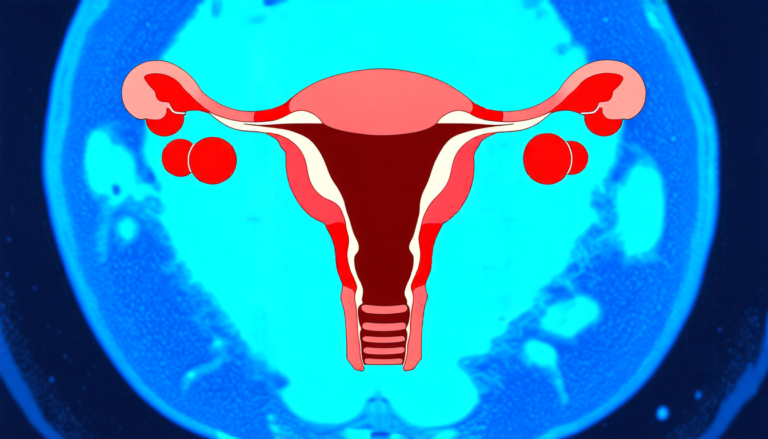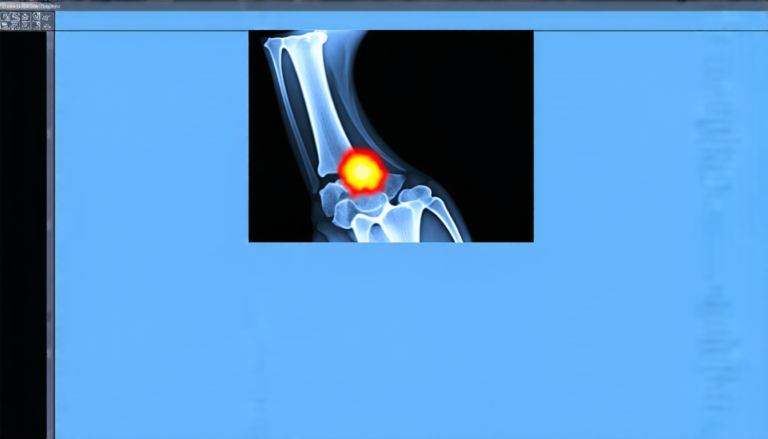Tuesday 08 April 2025
Scientists have made a significant breakthrough in developing a new model for controlling artificial hearts, which could revolutionize the treatment of patients with heart failure.
The model, known as the AP-pVAD Model, uses a combination of mathematical equations and machine learning algorithms to predict the optimal speed of an artificial heart pump based on the patient’s blood pressure and flow rate. This allows doctors to adjust the pump’s speed in real-time to ensure that the patient receives a consistent and healthy supply of oxygenated blood.
The AP-pVAD Model was tested in three hydraulic experiments and one animal experiment, where it successfully predicted the optimal pump speeds with an error margin of just 2.15 mmHg for pressure and 1.78 ms for flow rate. The model’s performance was also evaluated under different conditions, including limited dataset sizes and noisy data, and it consistently demonstrated robustness and accuracy.
The development of the AP-pVAD Model is a significant step forward in the treatment of heart failure patients. Currently, artificial hearts are often used as a last resort for patients who have exhausted all other treatment options, but they can be expensive and invasive procedures that require complex surgical implantation.
By using the AP-pVAD Model to control the pump’s speed, doctors may be able to reduce the need for surgery and improve patient outcomes. The model could also be used to develop more advanced artificial hearts that are more efficient and effective than current devices.
The research team behind the AP-pVAD Model is already working on refining the algorithm and testing it in human patients. If successful, the new technology could have a major impact on the treatment of heart failure and improve the lives of millions of people around the world.
One of the key challenges facing the development of artificial hearts is ensuring that they can mimic the natural pumping action of the human heart. The AP-pVAD Model addresses this challenge by using machine learning algorithms to learn from data collected during hydraulic and animal experiments.
The model’s ability to adapt to changing conditions, such as changes in blood pressure and flow rate, makes it an ideal candidate for use in artificial hearts. The research team is now working on refining the algorithm and testing it in human patients, with the goal of developing a commercially available device that can be used to treat heart failure patients.
The AP-pVAD Model has significant implications for the treatment of heart failure patients.
Cite this article: “Artificial Pulsation for Ventricular Assist Devices: A Novel LSTM-Transformer Model for Synchronized Blood Flow”, The Science Archive, 2025.
Artificial Hearts, Heart Failure, Machine Learning, Ap-Pvad Model, Blood Pressure, Flow Rate, Hydraulic Experiments, Animal Experiments, Surgical Implantation, Patient Outcomes







